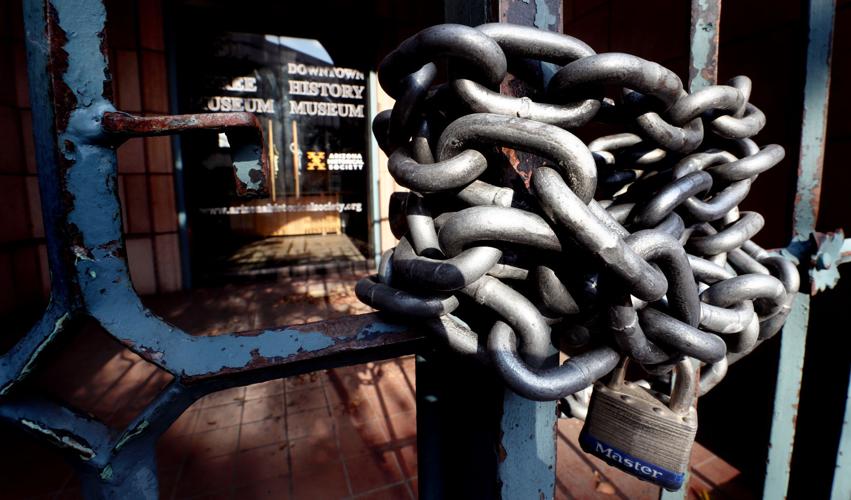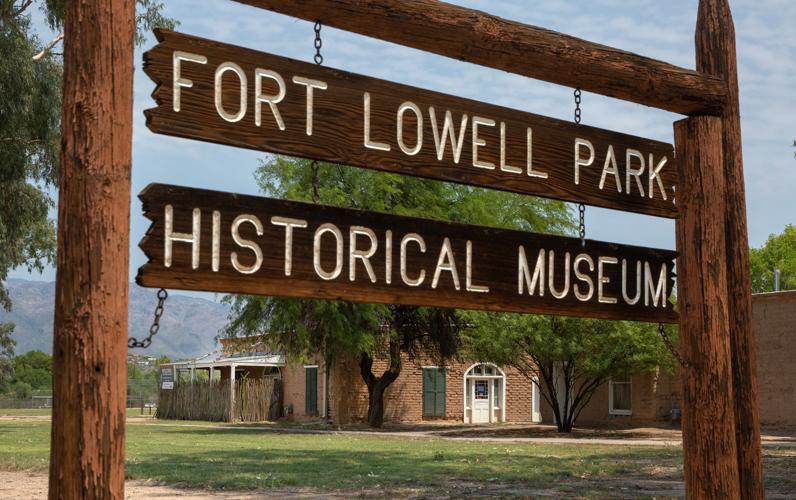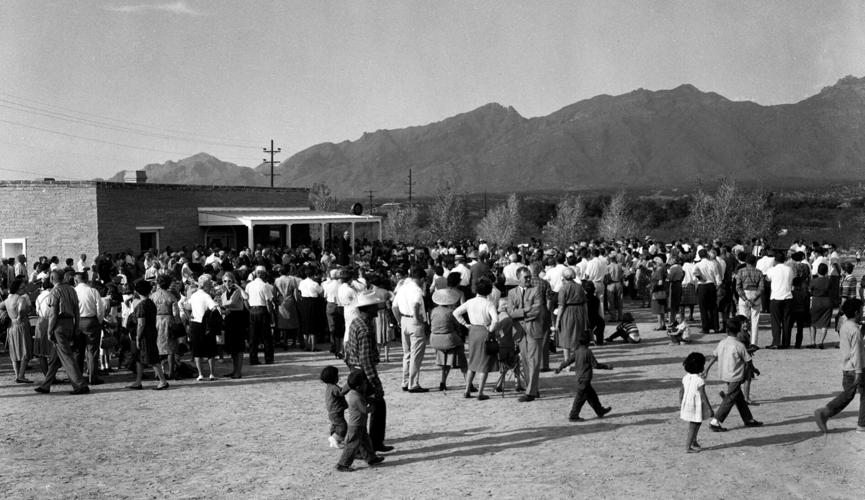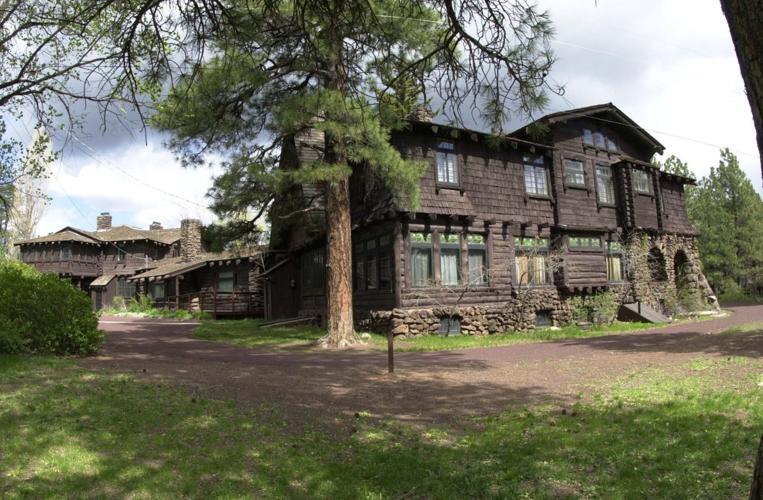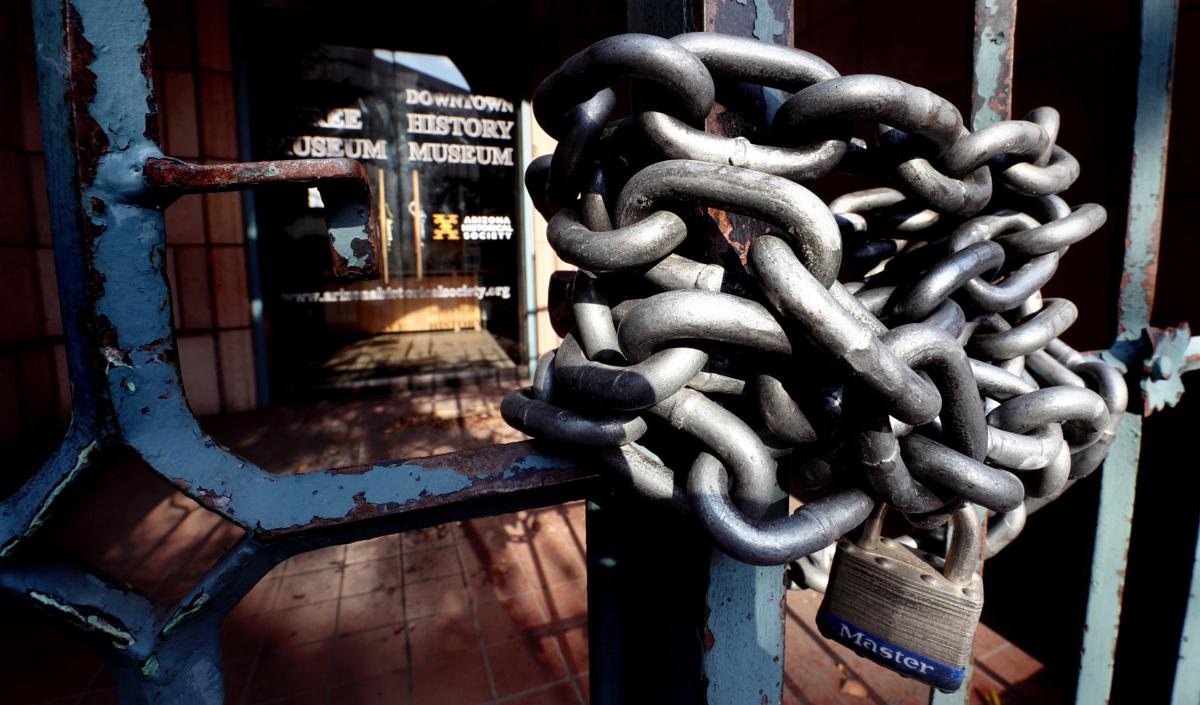Without someone else to run them, two museums dedicated to Tucson history could be forced to close under a proposal by the Arizona Historical Society.
The society’s executive committee is recommending that the cash-strapped organization end its operations agreements with the Fort Lowell Museum and the Downtown History Museum.
Tucson attorney and long-time historical society board member John Lacy said “everyone is really hurting financially” right now because of the pandemic. “The executive committee is just trying to stop the bleeding,” he said.
The full board was slated to vote on the proposal at its Aug. 14 meeting, but the action was delayed until October after a local preservation group complained about being blindsided by the move.
Demion Clinco, CEO of the Tucson Historic Preservation Foundation, said his group first learned about the proposal less than 24 hours before the scheduled vote, and the Old Fort Lowell Neighborhood Association said it only got wind of it a day or two earlier than that.
“It is deeply concerning that the information regarding this action item has not been publicly disseminated in the Tucson community, stakeholders have not been engaged, and there has been no meaningful opportunity for public input,” Clinco wrote in a letter to the historical society board.

The Fort Lowell Museum, 2900 N. Craycroft Road. “Located in a faithful reproduction of the 1880s’ adobe officer quarters,” its website says, the museum chronicles Army life during the fort’s active years of 1873 to 1891.
Museums struggled before the pandemic
Arizona’s oldest historical agency operates the Downtown History Museum under an agreement with Wells Fargo, which owns the bank building where the exhibits on the city’s past — from the presidio period to the 1934 arrest of outlaw John Dillinger and his gang — are housed at 140 N. Stone Ave.
Pima County opened the Fort Lowell Museum in 1963 to mark the site of the military post that operated there in the late 19th century. The city acquired the historic collection and the surrounding park in 1984.
Neither Tucson museum charges admission. Both have been closed since April 1 due to the pandemic, according to their websites.
Tawn Downs is vice president of marketing, communications and revenue enhancement for the Arizona Historical Society. She said that after several years of “ongoing monthly shortfalls,” it is no longer financially viable for the society to continue to operate Fort Lowell and the Downtown History Museum.
“We have not been able to close the gap,” Downs said. “Our hands are tied.”
The society is also pushing to end its agreement with Arizona State Parks and Trails to operate the Riordan Mansion State Historic Park in Flagstaff. Lacy said that site relies heavily on admission fees and has been badly hurt by the pandemic closure.
looking to cut losses
The historical society owns eight museums and historic sites around the state, according to Bill Ponder, the organization’s deputy director and chief operating officer.
He said all of those sites have been closed for months due to COVID-19, leaving the society with no visitor revenue to offset its staffing and operational costs.
The decision now facing the board, he said, is whether it can afford to continue using its limited resources to support three facilities it operates but does not own.
Lacy, who represents Pima County on the board but does not serve on the executive committee, said the pandemic isn’t entirely to blame for the society’s economic woes.
“Certainly the coronavirus has exacerbated a difficult financial situation,” he said, but staffing and financial support from the state has been on a gradual decline for years now.
“It’s not much money to keep Fort Lowell going, but the historical society doesn’t have it,” said Lacy, who has spent nearly all his life in Tucson and served on the society’s board for the past 30 years.

Visitors crowd around the reproduction of the new commanding officer’s quarters during a dedication of the Ft Lowell Historical Museum on Veteran’s Day, November 11, 1963.
City, others seek solutions to save the collections
Clinco sympathizes with the situation, if not the response to it.
“Certainly we recognize that cultural organizations around the country and across the globe are suffering because of the pandemic,” he said, but to abruptly cancel the agreements and close the museums could cause “irreparable harm” to the fabric of Tucson.
“I was really taken aback when it was happening, and I’m really glad (the board) decided to take a pause,” Clinco said.
Tucson officials were also caught off guard by the historical society’s proposal. City spokesman Andy Squire said it received no advance notice of the vote scheduled for Aug. 14.
City officials are scheduled to receive their first briefing from the society on Monday. Squire said the city manager will review other funding possibilities for Fort Lowell Museum with the mayor and council if the historical society decides to pull out.
Ultimately, Lacy said he thinks there will be enough interest in Tucson and Flagstaff to keep Fort Lowell and the Riordan Mansion open.
He’s not so sure about Tucson’s Downtown History Museum, which has been around for more than 20 years but is often overshadowed by the Arizona History Museum located less than 2 miles away at the University of Arizona.
Clinco said he hopes both Tucson collections can be saved.
“It’s my hope that some really good, dynamic and creative solutions can be found,” he said, but that will require engagement with the community.
“Our organization stands at the ready,” Clinco said. “I hope they reach out to us.”

As part of a cost-cutting move, the Arizona Historical Society wants to dissolve its agreement to operate Riordan Mansion State Historic Park in Flagstaff for Arizona State Parks and Trails. The mansion is described on its website as “one of the finest examples of American Arts and Crafts-style architecture open to the public today.” It was designed by architect Charles Whittlesey and built in 1904.


